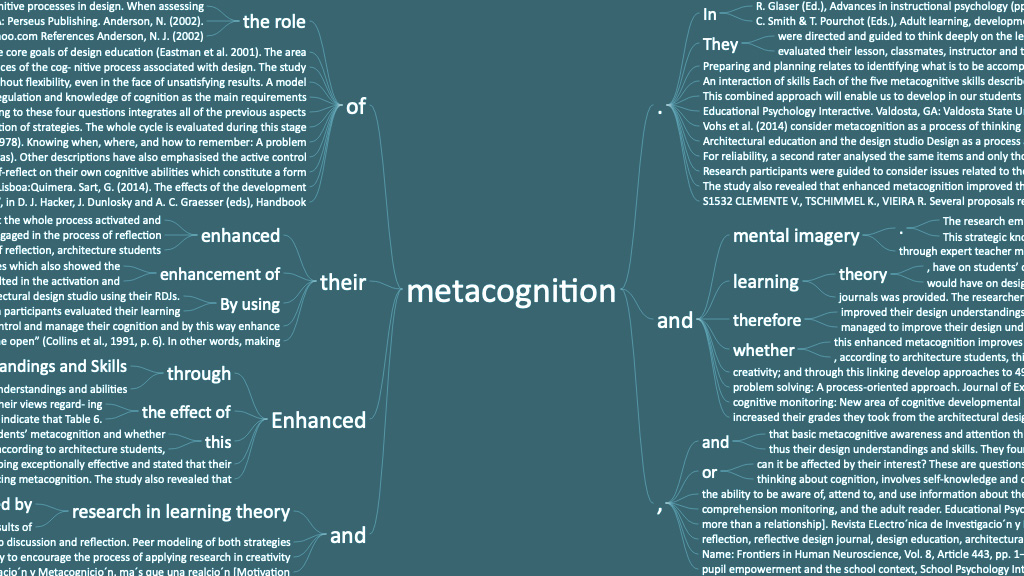Fall 2012 - Fall 2016 | Doctoral Student
North Carolina State University, PhD in Design Program
This study explored the development and expression of empathy in industrial design education. The literature on current design approaches emphasizes the importance of empathy for designers to understand and connect with users and stakeholders so that designed products, services, environments, systems, and experiences meet human needs, expectations, and aspirations. However, literature in psychology reports a decline in empathy among American college students since the year 2000, which raises questions about how new generations of design students develop this ability. There is little empirical research that examines empathy development in design education, which represents a gap in the literature addressed by this dissertation. The study examined educational practices in the industrial design studio that had the potential to promote student empathy and how design students expressed empathy for users and stakeholders. The ultimate goal of the study was to contribute to the discussion of how to educate new generations of designers who are sensitive and responsive to people’s experience.
A mixed methods strategy was used to collect data from faculty and students in three courses in industrial design offered by a major land-grant public research university in the southeastern United States. The data collection techniques used were participant observation, semi-structured interviews, discourse analysis, document analysis, questionnaires, and surveys. The data analysis techniques used were thematic coding and memoing, visual content analysis, quantification of qualitative data, correlational analysis, and analysis of variance (ANOVA).
The study found how faculty promoted student empathy through the project brief, design research, and dialogue and critique in the studio. Likewise, the studio found how students expressed empathy for users and stakeholders through their use of language, images, and design and research methods. The study concludes by discussing the implications of findings for design education at the classroom level, covering aspects such as the curricular structure of the design studio, project brief and problems posed to students, design and research methods used in the studio, and teaching and evaluation practices used by design faculty.
Download Dissertation from NCSU Libraries: https://repository.lib.ncsu.edu/handle/1840.20/33702









